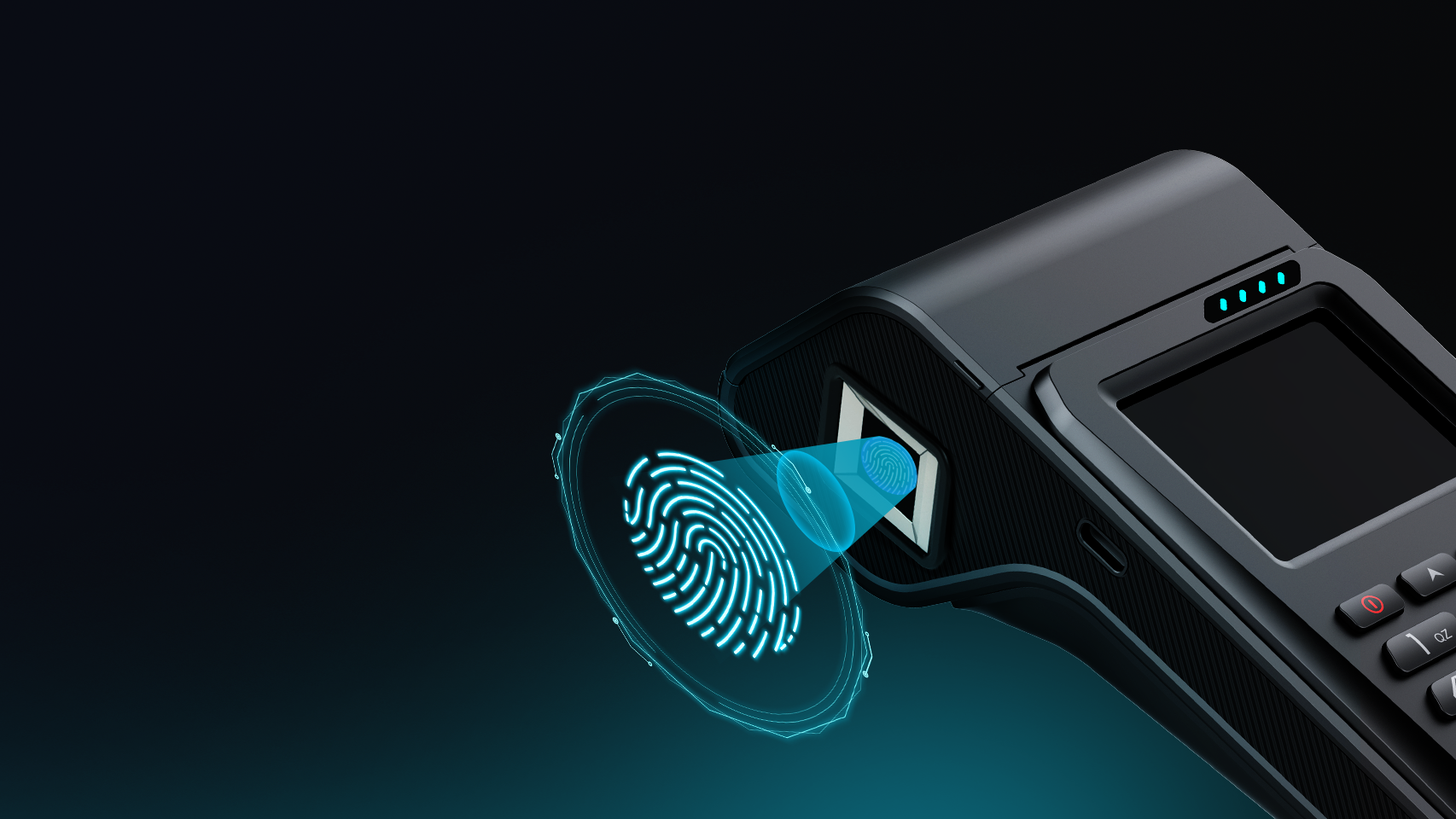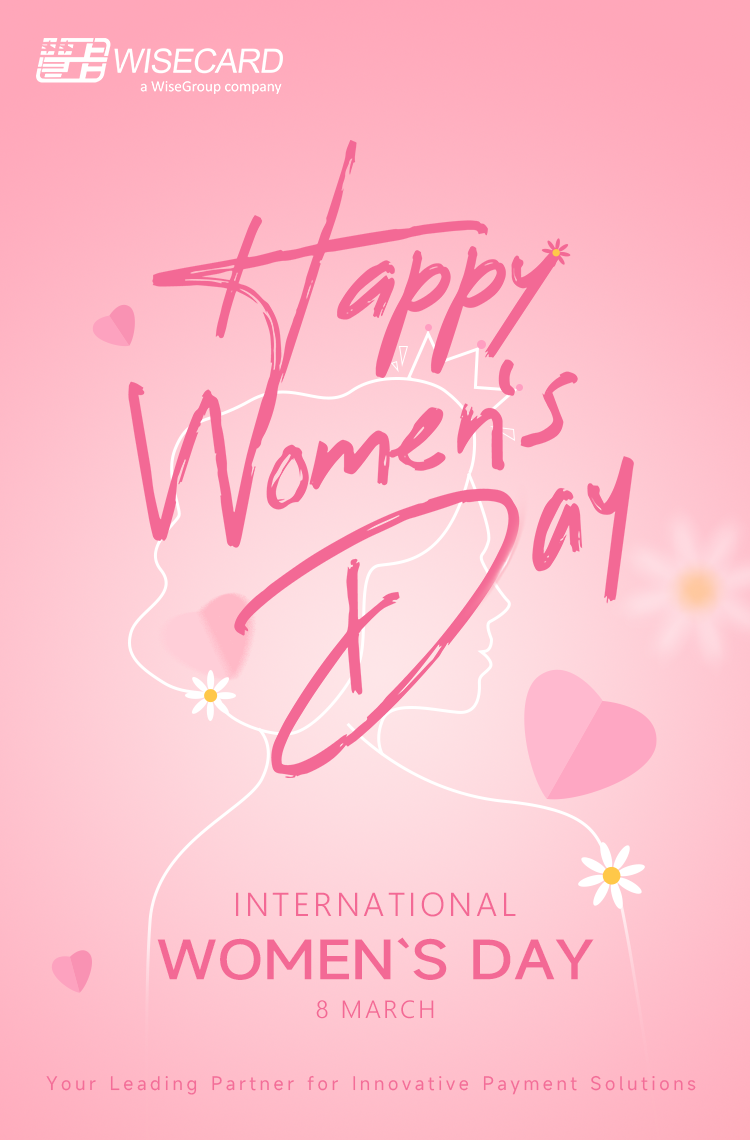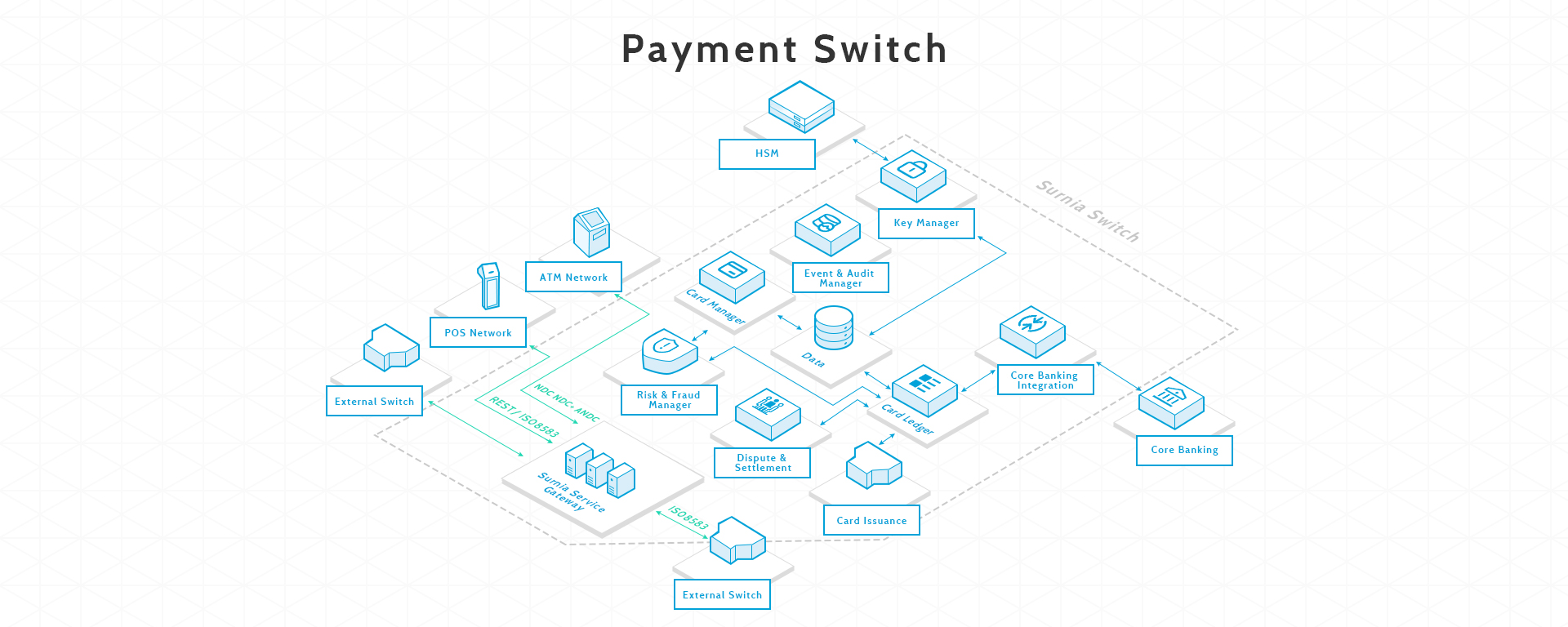The traditional payment methods such as cash or card swiping is being replaced by contactless cards worldwide. These cards are embedded with an NFC chip, which enables the cardholder to make payments by tapping or bringing the card close to the payment terminal. It is estimated that by 2023, 57% of all payment cards worldwide will be contactless (Statista, 2021). Contactless payment has gained remarkable popularity since it provides convenience, speed, and safety, and has become the preference of consumers and merchants alike. The purpose of this paper is to analyze the impact of contactless cards on purchasing behavior and merchant adoption.

The ease of use and speed of contactless payments have been a crucial factor in its popularity. Contactless cards enable quick transactions, which reduces the time consumers have to wait in line at checkout counters. A study conducted by Mastercard found that contactless payments are on average two times faster than conventional payment methods, taking less than 10 seconds to complete a transaction (Mastercard, 2018). This speed factor benefits both customers and merchants. Therefore, it is evident that customers prefer contactless payment methods that reduce time-consuming processes, increase convenience, and add to the overall shopping experience.
Moreover, contactless payment methods have a psychological impact on consumers. Many studies suggest that consumers are more likely to make impulsive purchases when using contactless payment methods rather than cash or traditional payment methods. A study by the Canadian Bankers Association discovered that contactless transactions have been responsible for impulse purchases, with 80% of contactless payments were under $25 (Canadian Bankers Association, 2019). This fact makes contactless payment a critical factor in the overall purchasing behavior of consumers.
Merchants have also been quick to adopt contactless payment methods. The compatibility and versatility of contactless payment methods have proved attractive to merchants since they can be integrated with all payment channels. The payment process is also seamless, enabling transactions that are both faster and cost-effective than traditional payment methods.
Businesses can benefit from enhanced efficiency over traditional payment methods, as contactless cards reduce the need for cash handling and protection from counterfeit currency. Moreover, contactless cards provide a safer mode of payment than traditional payment methods. The use of contactless payment methods reduces physical contact between individuals, making them an excellent choice during pandemics or epidemics. Therefore, merchants who enable contactless payment solutions are perceived as more secure, efficient, and trustworthy.
In conclusion, the impact of contactless payment methods on both purchasing behavior and merchant adoption has been positive. Customers prefer contactless payment methods because they are fast, convenient, and more secure. The psychological impact of contactless payment methods is evident in the impulse purchases made by clients. Merchants are also benefiting from the convenience and cost-effectiveness of contactless payment methods. Contactless payments enable fast transactions with enhanced security, which makes them a significant advantage for merchants. Therefore, it is essential for merchants to adopt contactless payment methods to stay in the competition and meet consumers' demand.
Related Events

2024-03-13

2024-03-12

2024-03-08

2024-03-06

2024-03-05
